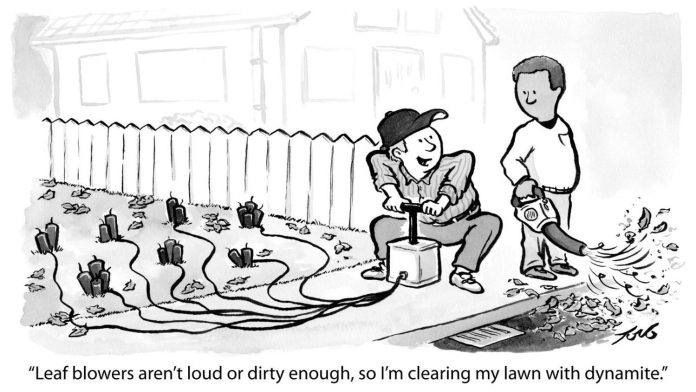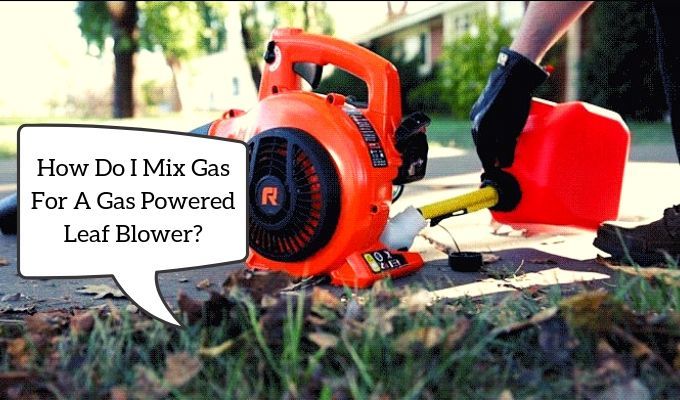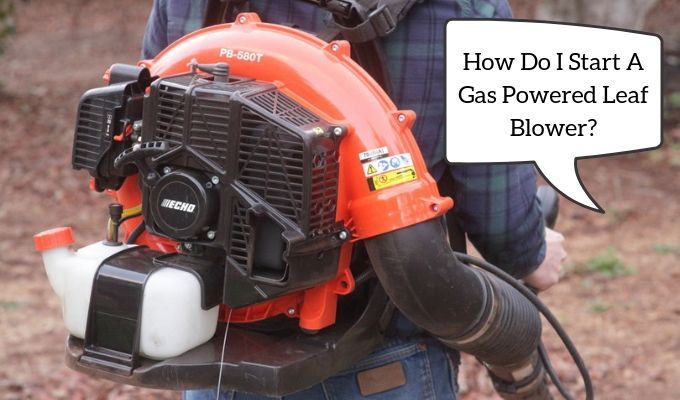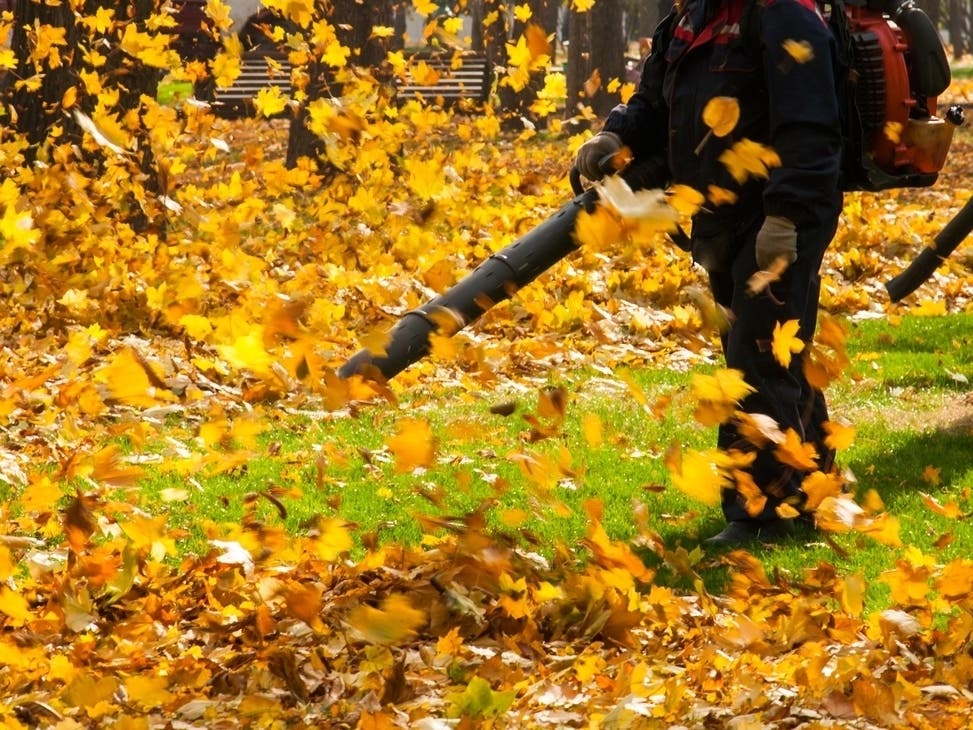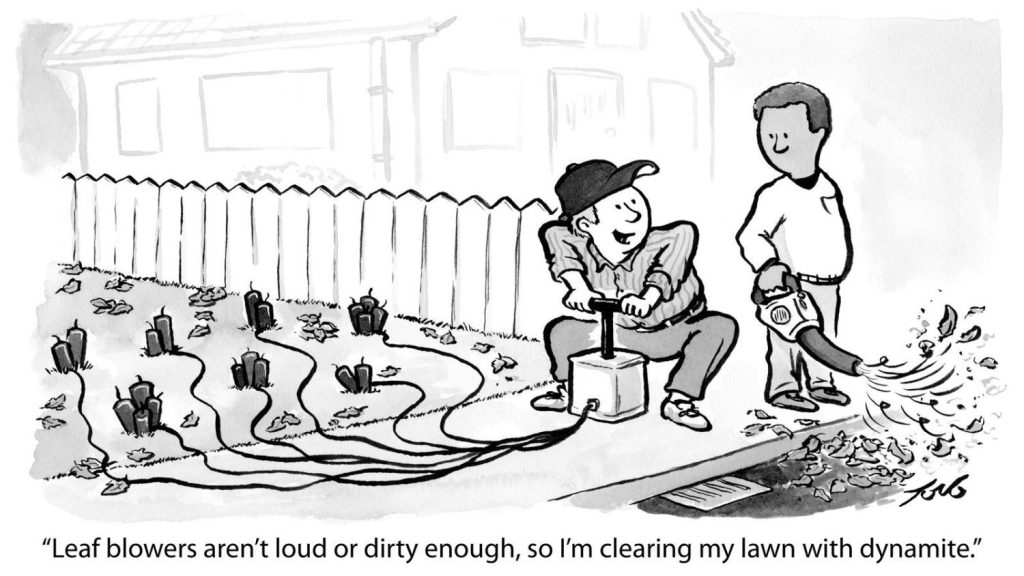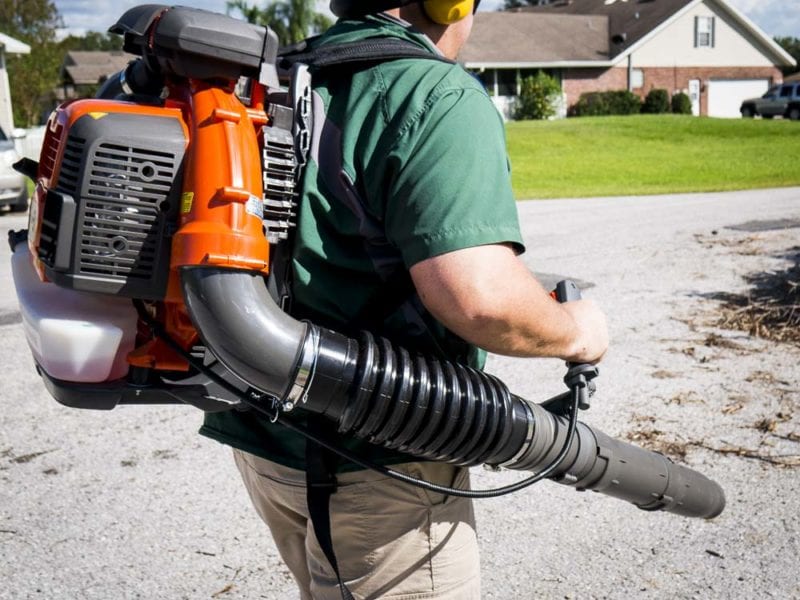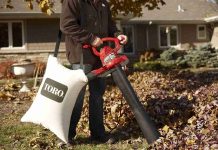I am leaving gas in a leaf blower – a question that has puzzled many.
In our quest to find the answer, we explore the possible consequences of leaving gas in a leaf blower and whether it is acceptable.
Join us as we uncover the truth behind this common dilemma many homeowners face when maintaining their leaf blowers.
Is it OK to leave gas in the leaf blower?
There are a few factors to consider when it comes to whether it’s OK to leave gas in a leaf blower. Leaving gas in a leaf blower can negatively affect its performance and longevity. In this article, we will explore how gas can affect the leaf blower, the factors that determine whether you should leave gas in the blower, the effects of leaving gas in the blower, steps to store gas in the blower properly, periodic maintenance practices for leaf blowers, how to empty the gas tank of a leaf blower, the benefits of emptying the gas tank, and the guidelines provided by leaf blower manufacturers. By understanding these factors, you can make an informed decision regarding gas storage for your leaf blower.
How can gas affect the leaf blower?
Gas deterioration
Gasoline has a limited shelf life, and when left sitting in the fuel tank of a leaf blower, it can deteriorate over time. This deterioration can result in a decrease in fuel quality, which can negatively impact the performance of the leaf blower. Old gas can also cause issues with the fuel system, such as clogging or damage to components.
Carburetor clogging
Leaving gas in a leaf blower for an extended period can lead to carburetor clogging. The gasoline can evaporate, leaving behind a sticky residue that can clog the tiny passages inside the carburetor. This can disrupt the fuel flow and prevent the engine from starting or running smoothly.
Fuel line damage
Gas left in the leaf blower can damage the fuel lines over time. The chemicals in the fuel can cause the rubber hoses to degrade, resulting in cracks or leaks. This can lead to fuel system issues and potential safety hazards.
Engine performance decline
Leaving gas in a leaf blower can cause the engine’s performance to decline. The deteriorated fuel can result in incomplete combustion, leading to decreased power output and reduced efficiency. This can also cause issues with starting the engine, making it harder to get the leaf blower up and running when needed.
Factors determining leaving gas in a leaf blower
Usage frequency
If you frequently use your leaf blower, leaving gas in the tank may be more beneficial. Regular use ensures that the fuel is being circulated and prevents it from sitting for extended periods, which can result in deterioration. However, if you only use your leaf blower sporadically, emptying the gas tank between uses may be better to prevent fuel-related issues.
Long-term storage
If you plan to store your leaf blower for an extended period, such as during the winter months, it is highly recommended to empty the gas tank. As mentioned earlier, gasoline can deteriorate over time, leading to fuel system issues. To avoid any potential damage, removing the fuel from the leaf blower before storing it for an extended period is best.
Manufacturer’s recommendations
Each leaf blower manufacturer may have specific guidelines regarding gas storage. It is essential to consult the manufacturer’s recommendations to ensure you take the appropriate steps for your specific leaf blower model. The manufacturer’s recommendations may provide specific instructions on gas storage, including whether it is OK to leave gas in the leaf blower during periods of non-use.
Effects of leaving gas in a leaf blower
Fuel system damage
Leaving gas in a leaf blower can lead to fuel system damage. As mentioned earlier, deteriorated fuel can cause clogging or damage to the carburetor, fuel lines, and other fuel system components. This can result in costly repairs and render the leaf blower unusable until the issues are resolved.
Starting issues
Old gas in the leaf blower can cause starting issues. The deteriorated fuel may not ignite as easily, making it more challenging to start the engine. This can be frustrating and time-consuming, especially when you need to get to work on your outdoor tasks quickly.
Reduced performance
Leaving gas in the leaf blower can result in reduced performance. The engine may not run as smoothly or provide the same power output as fresh fuel. This can make it harder to effectively clear leaves and debris from your yard, ultimately impacting the efficiency and effectiveness of the leaf blower.
Steps to properly store gas in a leaf blower
To properly store gas in a leaf blower and minimize potential issues, consider following these steps:
Run the blower dry
Before storing the leaf blower, run it until it runs out of gas entirely. This helps to minimize the amount of fuel left in the tank, reducing the chances of deterioration and fuel-related issues during storage.
Add stabilizer to the remaining gas.
Consider adding a fuel stabilizer if you have a small amount of gas left in the tank after running the blower dry. A fuel stabilizer helps to prevent the gasoline from deteriorating and can extend its shelf life. Follow the instructions the fuel stabilizer manufacturer provided for the appropriate amount to add.
Start the blower and let it run.
After adding the fuel stabilizer, let the leaf blower run for a few minutes. This will allow the stabilizer to circulate through the fuel system, ensuring that all components are treated and protected. It also helps to remove any remaining fuel from the carburetor and fuel lines, reducing the chances of clogging or damage during storage.
Periodic maintenance practices for leaf blowers
In addition to adequately storing gas, regular maintenance practices can help keep your leaf blower in optimal condition. Consider the following practices:
Regular fuel system cleaning
Periodically clean the fuel system of your leaf blower to remove any accumulated debris or residue. This can help prevent clogs and ensure proper fuel flow. Consult the manufacturer’s recommendations or user manual for specific instructions on cleaning the fuel system properly and safely.
Spark plug replacement
As part of regular maintenance, consider replacing the spark plug in your leaf blower. Over time, spark plugs can become fouled or worn, leading to starting issues and decreased performance. You can maintain optimal ignition and ensure smooth operation by replacing the spark plug at regular intervals.
Air filter cleaning
Clean or replace the air filter in your leaf blower regularly. A clogged or dirty air filter can restrict airflow to the engine, negatively impacting performance. Follow the manufacturer’s instructions for cleaning or replacing the air filter, as different models may have specific requirements.
Store in a dry and cool place
Store your leaf blower in a dry and cool place when not in use. Moisture and extreme temperatures can damage the leaf blower and its components. A shed or garage can provide sufficient protection from the elements and help prolong the lifespan of your leaf blower.
How to empty the gas tank of a leaf blower?
Safety precautions
Before attempting to empty the gas tank of your leaf blower, ensure you take the necessary safety precautions. Start by turning off the engine and allowing it to cool completely. Find a well-ventilated area to work in, as the fumes from the gasoline can be intense. Additionally, wear protective gloves to prevent contact with the fuel and any potential skin irritation.
Draining the gas tank
To drain the gas tank of your leaf blower, you will need to locate the fuel line and disconnect it from the tank. Holding a container below the fuel line allows the gasoline to drain thoroughly. Be sure to adequately capture and dispose of the old gas according to local regulations. Once the tank is empty, reconnect the fuel line securely.
Disposal of old gas
Old gas should not be disposed of in the regular garbage or poured down the drain. Contact your local recycling center or hazardous waste disposal facility for guidance on how to dispose of old gas safely and responsibly. They will provide instructions on proper disposal methods that comply with environmental regulations.
Benefits of emptying the gas tank
Prevention of fuel system damage
Emptying the gas tank of your leaf blower can help prevent fuel system damage. Removing the fuel reduces the chances of deterioration, clogging, and other issues arising from old gas sitting in the fuel system for extended periods. This can help prolong the lifespan of your leaf blower and minimize the need for costly repairs.
Improved starting
Emptying the gas tank before storage can improve starting when you need to use your leaf blower again. Fresh fuel provides better combustion, making it easier for the engine to ignite and start. This can save you time and frustration, allowing you to get to work more quickly and efficiently.
Optimal performance
By emptying the gas tank and using fresh fuel, you can ensure optimal performance from your leaf blower. Fresh fuel provides the necessary energy for the engine to operate at its best, delivering the power and efficiency you need to tackle your outdoor tasks effectively. This can make the overall experience of using the leaf blower more enjoyable and productive.
Leaf blower manufacturers’ guidelines
When it comes to gas storage and maintenance practices for your leaf blower, it is essential to consult the guidelines provided by the manufacturer. Each leaf blower model may have specific recommendations that consider its design and specifications. The manufacturer’s guidelines will provide valuable insights into the best practices for your specific leaf blower, ensuring that you are taking the appropriate steps to maintain its performance and longevity.
Specific recommendations
Leaf blower manufacturers may provide specific recommendations regarding gas storage, periodic maintenance, and other related topics.
These recommendations may include instructions on adequately storing gas, when to clean the fuel system, how often to replace spark plugs, and more. By following these specific recommendations, you can have the peace of mind that you are taking the best care of your leaf blower.
Manufacturer’s user manual
The manufacturer’s user manual is a valuable resource that contains detailed information about your leaf blower. It provides instructions on how to use, maintain, and store your leaf blower correctly.
Take the time to read through the user manual thoroughly and familiarize yourself with the guidelines and recommendations provided. This will help ensure that you are using your leaf blower in the intended manner and taking the necessary steps to keep it in optimal condition.
Conclusion
In conclusion, while leaving gas in a leaf blower may be tempting for convenience, it is generally not recommended. Leaving gas in the leaf blower can lead to fuel deterioration, carburetor clogging, fuel line damage, and reduced engine performance.
Factors such as usage frequency, long-term storage plans, and manufacturer’s recommendations can help determine whether you should leave gas in your leaf blower.
By adequately storing gas, performing periodic maintenance practices, emptying the gas tank when necessary, and following the guidelines provided by leaf blower manufacturers, you can ensure that your leaf blower remains in top-notch condition, providing optimal performance and longevity.

